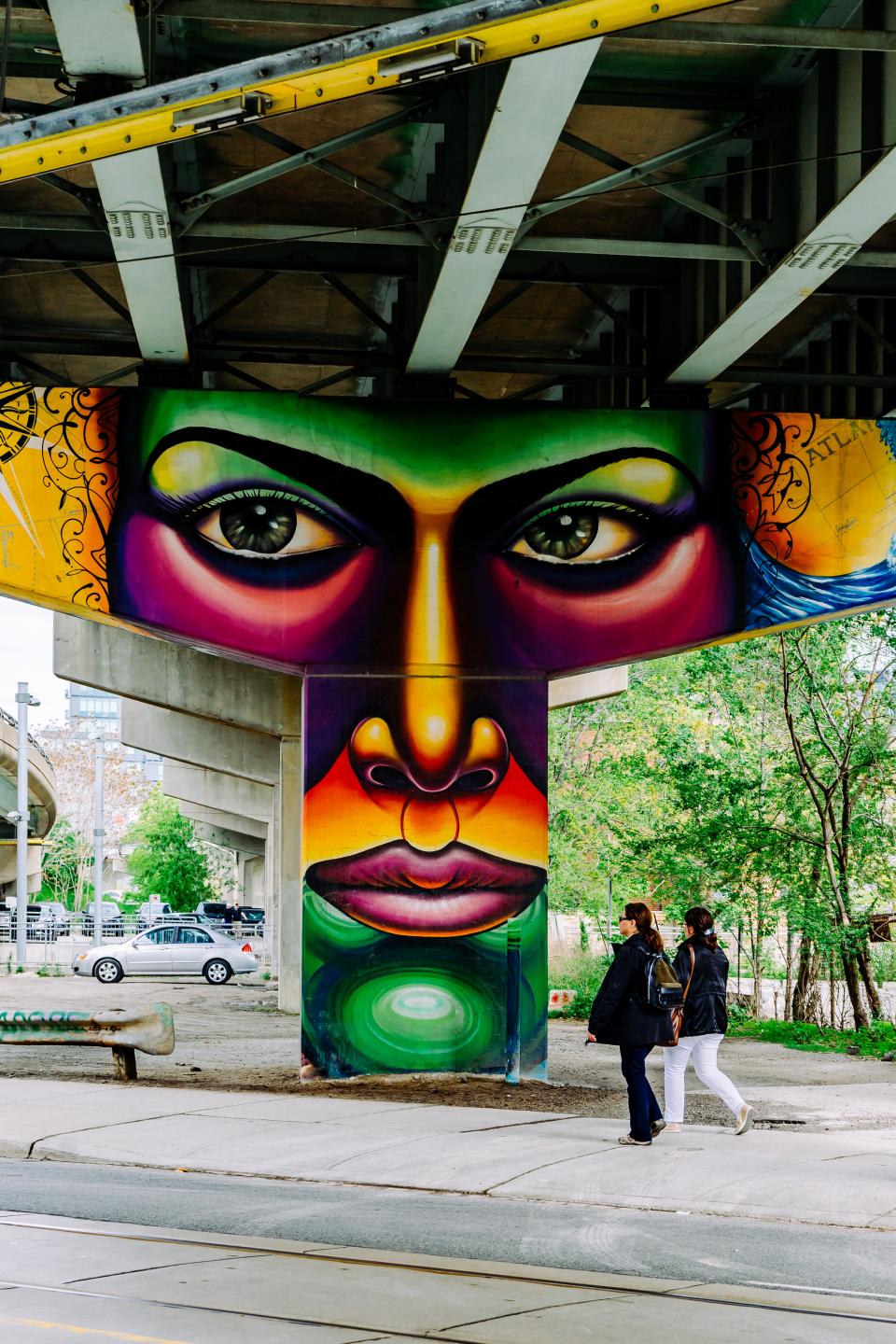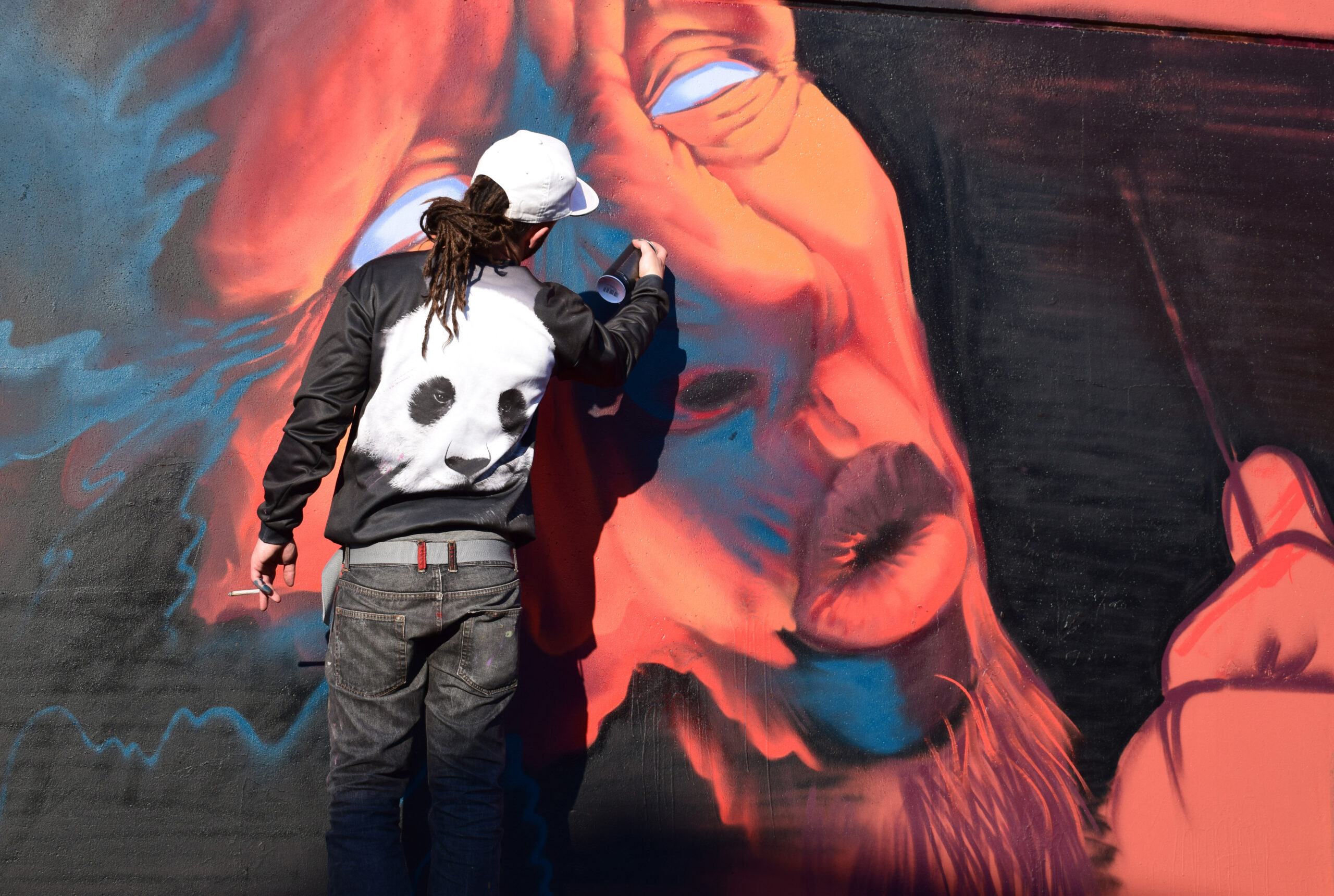From the Streets to the Court: Preliminary Injunction

Photographer: Scott Webb
Last week, we examined the two-step test to determine if an ordinance permissibly restricts freedom of speech. This week, we’ll introduce how to obtain a preliminary injunction and examine the arguments contained in the artists’ motion.
A preliminary injunction is an equitable remedy that restrains one party from engaging in particular conduct. Here, the artists wish to restrain the City from enforcing the public art ordinance.
If the court grants the preliminary injunction, the artists will not be required to remove their artwork nor be subject to any fines until the judge reaches a final decision, and only if the judge rules against the artists.
The artists need to establish four things to succeed on their application for a preliminary injunction:
First, the artists must establish a substantial likelihood of success on the merits. This means the artists must be likely to win the case based on the application of facts to substantive law, not on some procedural technicality. This is the most debated element in the artists’ motion for injunction. The artists make six different arguments, including that the ordinance is not narrowly tailored, that the ordinance is not content-neutral, and that removal of the artwork is an unconstitutional taking (violating the Fifth Amendment).
Second, the artists must establish a threat of irreparable injury. Irreparable injury is an injury that no amount of money can fix. For example, pollution is an injury that cannot be undone; one cannot easily remove harmful chemicals from air or water. In the motion for preliminary injunction, the artists quoted a more relevant example: “The loss of First Amendment freedoms, for even minimal periods of time, unquestionably constitutes irreparable injury.”
Third, the artists must establish their threat of irreparable injury is worse than the injury that the City of Atlanta will suffer if the court grants the injunction. This is a simple balancing test between the City’s interests and the artists’irreparable injury. The ordinance seems to promote traffic safety and public interests, so the injury suffered by the city might be the harm potentially suffered by the public. However, the artists doubled-down on their argument that the ordinance is unconstitutional. The artists argued that the City will not suffer because the City cannot have a legitimate interest in enforcing an unconstitutional ordinance. If the court accepts this argument, the balancing test would tip in the artists’ favor.

Photographer: Chris Barbalis
Last, the artists must show the injunction will not injure public interest. The artists simply state that protecting of freedom of speech always favors public interest and that the artist plaintiffs, as well as other citizens, would benefit from the injunction.
The court directed the City to respond to the artists’ motion for preliminary injunction by June 1, only two days after receiving the complaint and motion for injunction. However, the City motioned to extend time to respond until June 23, and the court granted this motion. For the past three weeks, the parties have discussed settlement of the motion for preliminary injunction. We will discuss the result next week. Stay tuned.
Written by Gabriel Medford
